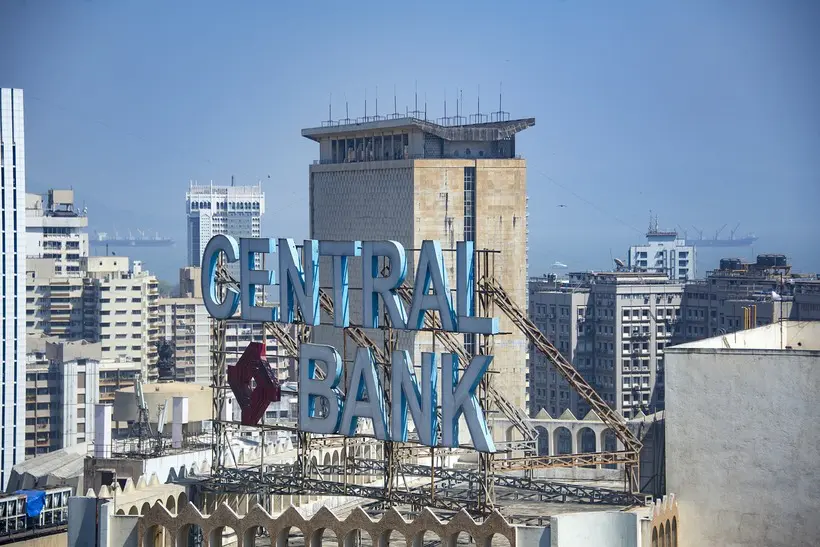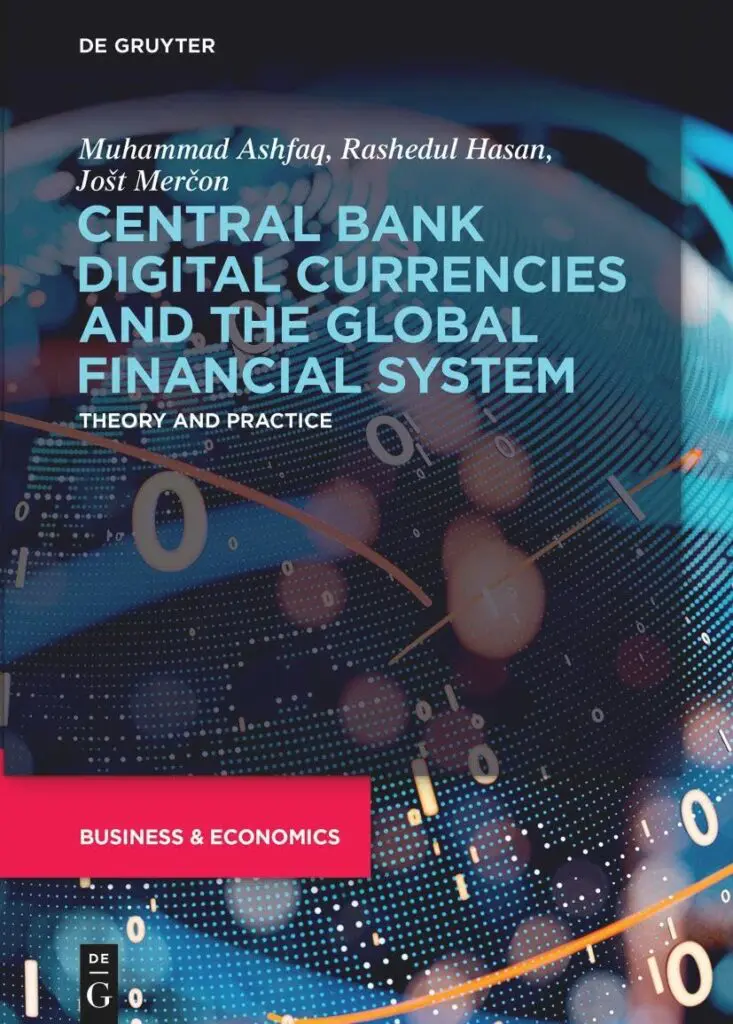CBDC or Central Bank Digital Currency
Money is changing, and one of the biggest changes on the horizon is the idea of Central Bank Digital Currencies (CBDCs).
This concept could completely transform how we use money in our daily lives.
Let’s break down what CBDCs are, why they matter, and how they might shape the future of finance.

What Are Central Bank Digital Currencies (CBDCs)?
A Central Bank Digital Currency (CBDC) is a digital version of a country’s currency.
Unlike cryptocurrencies like Bitcoin, which are decentralized and not controlled by any government, CBDCs are issued and regulated by a country’s central bank.
Think of it as digital cash, but instead of carrying it in your wallet, you would have it on your phone or computer.
CBDCs are designed to be as safe and trustworthy as the money you use every day.
You can use them to pay for things, transfer money, and more, just like traditional money, but with the convenience of digital transactions.
Why Are CBDCs Important?
Several key reasons are driving central banks to consider developing CBDCs:
1: The Shift to Digital Payments: As more people move away from using cash and prefer digital payments, central banks want to ensure that they stay relevant.
CBDCs could be a modern solution that fits today’s digital economy.
2: Financial Access for Everyone: Many people around the world don’t have access to banks.
CBDCs could change this by allowing people to access digital money directly through their phones, helping those who are unbanked or underbanked.
3: Competing with Cryptocurrencies: Cryptocurrencies are becoming more popular, and some worry that they could weaken traditional currencies.
CBDCs offer a government-backed alternative, keeping control with the central bank.
4: Better Control Over the Economy: With CBDCs, central banks could more effectively manage things like inflation and interest rates because they would have direct control over the money supply.
5: Faster and Cheaper Payments: Traditional payment systems can be slow and expensive, especially when sending money across borders.
CBDCs could make these transactions faster and cheaper.

Different Types of CBDCs: Wholesale and Retail
There are two main types of CBDCs: one for big financial institutions and one for everyday people.
CBDCs for Financial Institutions
These are designed for banks and other financial institutions to use when making large payments to each other.
Using CBDCs could make these transactions quicker and safer, helping to avoid risks like payment failures.
CBDCs for the Public
This type is for everyone else, allowing people to use digital money for daily purchases and money transfers.
You could use it to buy groceries, pay bills, or send money to a friend, all through a digital wallet on your phone or computer.
New Update Central Bank Digital Currency Video
What’s Happening Around the World: CBDC or Central Bank Digital Currency
Different countries are at various stages of exploring or launching their own CBDCs:
China’s Digital Yuan
China is leading the way with its Digital Yuan.
Already in the testing phase, people in certain cities can use this digital currency to pay for all kinds of things, from shopping to booking hotels.
China hopes the Digital Yuan will reduce its reliance on the US dollar and give the government more control over the economy.
Europe’s Digital Euro
Europe is also looking into creating a Digital Euro.
The European Central Bank wants to ensure that people in the Eurozone have a secure and efficient digital payment option.
The Digital Euro is still being researched, and any decision to launch it will be carefully considered.
The United States and the Digital Dollar
The United States is exploring the possibility of a Digital Dollar.
The Federal Reserve is studying how a CBDC could benefit the economy but has not yet decided to create one.
They are taking a cautious approach to make sure it would be secure and beneficial.
The Pros and Cons of CBDCs
While CBDCs offer many potential benefits, there are also challenges that need to be addressed.
Benefits of CBDC or Central Bank Digital Currency
1.: More Access to Financial Services: CBDCs could make it easier for people without bank accounts to access money and financial services.
2.: Faster, Cheaper Payments: Digital currencies could make sending money, especially across borders, quicker and less expensive.
3.: Better Economic Control: Central banks could use CBDCs to manage the economy more effectively.
4.: Lower Risk in the Banking System: CBDCs could reduce the risk of bank failures by allowing people to hold their money directly with the central bank.
Challenges
1.: Privacy Concerns: CBDCs could give governments more power to monitor people’s financial transactions, raising privacy issues.
2.: Impact on Banks: If too many people move their money from traditional banks to CBDCs, banks could struggle to stay profitable.
3.: Security Risks: Digital systems are vulnerable to hacking and technical failures, so CBDCs would need strong security measures.
4.: Potential Exclusion: If CBDCs require advanced technology or internet access, people in remote or poor areas might be left out.
What’s Next for CBDCs?
As more countries explore CBDCs, it’s clear that digital currencies will play a big role in the future of money.
Whether they complement or eventually replace cash and traditional bank accounts is still uncertain.
However, one thing is clear: CBDCs are here to stay, and they will likely change how we use and think about money in the years to come.

Conclusion CBDC or Central Bank Digital Currency
Central Bank Digital Currencies represent a significant step forward in the evolution of money.
By combining the trust and stability of traditional currencies with the convenience and efficiency of digital transactions.
CBDCs have the potential to reshape the global financial system.
As countries continue to develop and experiment with CBDCs, we are likely to see even more innovations in how we manage and use money in our everyday lives.
Whether as a tool for financial inclusion, a way to enhance payment systems, or a means of maintaining economic stability.
They are poised to become a key component of the financial landscape.
Get Even More Insight Into the Future of Money Clicking On This Link Now!






